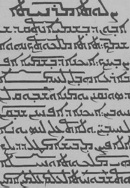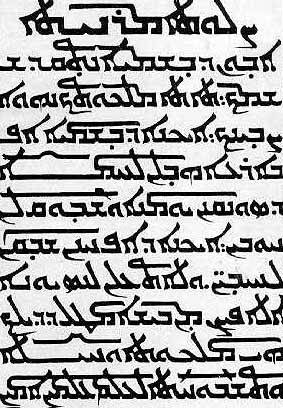Aramaic
History Of The Language
Aramaic is perhaps the most widely diffused of the ancient languages - we have materials dating from the tenth century B.C.E. down to modern times; texts and inscriptions have been found from Gibraltar to India. When the Persians conquered their semitic-speaking neighbors toward the end of the sixth century B.C.E., the stage was set for the spread of Aramaic, for the Persian monarchs adopted it as their administrative language; and from there it spread throughout the whole region, becoming the lingua franca of the numerous subjugated peoples.

The Aramaic of the later period is usually divided into two geographic groups, Western and Eastern. The former includes the language of numerous Jewish documents, notably the Targum, the Aramaic versions of the Hebrew Bible, and the Jerusalem Talmud, as well as the languages of other non-Jewish peoples in Syria and the eastern Mediterranean area. The latter is chiefly known from its major Jewish text, the Babylonian Talmud, and its major Christian contributions, the vast literature written in that dialect of Aramaic known as Syriac.
